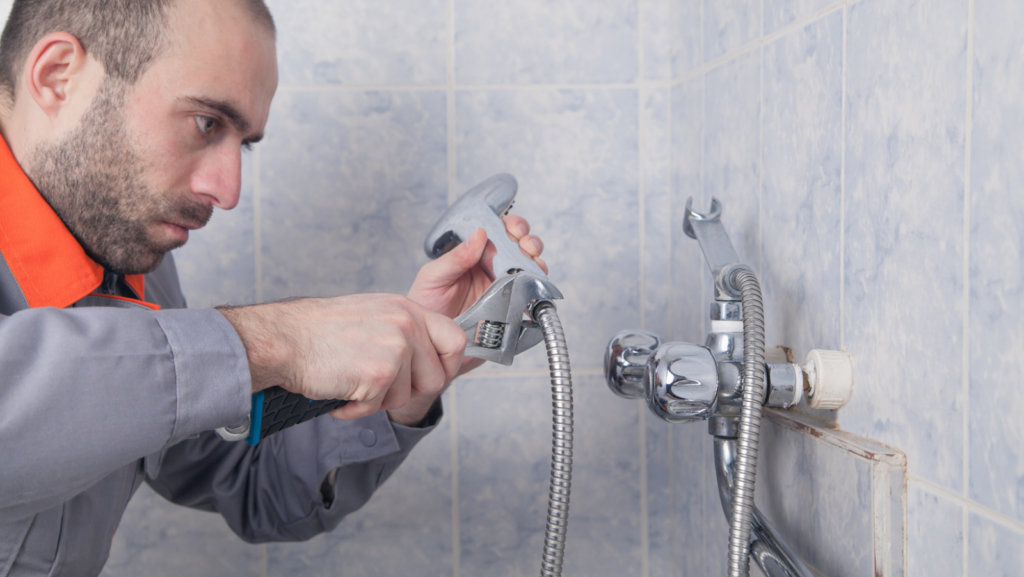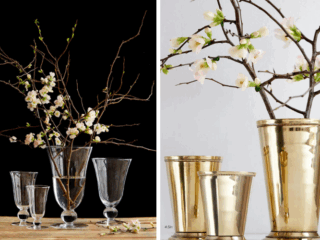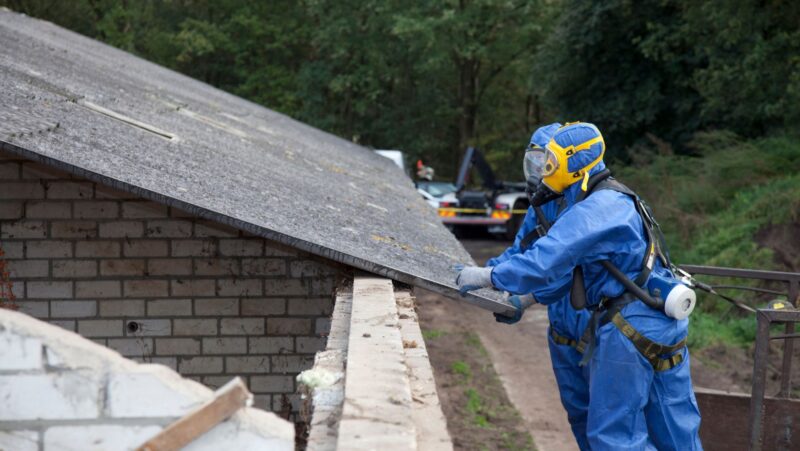
If your shower faucet is dripping, it’s time for a repair. Replacing the faucet cartridge is an easy way to fix a leaky shower faucet. Shut off the water to the shower by turning off the valve in the wall. Remove the old faucet cartridge. Install the new faucet cartridge by following these instructions. Turn on the water to the shower and test the new faucet cartridge. With this easy-to-follow guide, you can quickly fix your shower faucet and stop wasting water and money.
Fix leaks and install water-saving devices to help reduce utility bills
If you have a problem with your home’s water pressure, it could be due to the municipal water supply or your home’s plumbing. Check the water pressure at your home’s main shut-off valve and compare it to the pressure listed on your municipality’s website or the pressure listed on your home’s water bill.
You can also save money on your utility bills by insulating your home’s hot water pipes. This will help keep the water in the pipes hot, so you won’t have to run the water as long to get hot water. Pipe insulation is available at most hardware stores.
Types of Showerheads
Water-saving showerheads can save you money on your utility bills and help reduce your impact on the environment. Many models are available for less than $20. You can also install low-flow faucet aerators to save water and money. Low-flow showerheads are available in a variety of styles, including rain showerheads and hand-held models.
Some models have pause buttons that allow you to temporarily stop the flow of water while lathering up, which can save even more water. Water-saving faucet aerators are available for both kitchen and bathroom faucets. They attach to the end of the faucet and reduce the amount of water flowing from the faucet. Many models are available for less than $5.
Take shorter showers to save water and money
Showering is one of the biggest uses of water in the home. You can save water and money by taking shorter showers. One way to do this is to turn off the water while you are lathering up. Another way is to install a low-flow showerhead, which will reduce the amount of water flowing from the showerhead.
You can also save water and money by not running the water while you are brushing your teeth. Simply wet your toothbrush and then turn off the water while you are brushing. You can also save water by filling a cup with water and using that to rinse your mouth after brushing.
Wash clothes in cold water to save water and money
Most of the energy used to wash clothes is for heating the water. You can save water and money by washing your clothes in cold water. Cold water also protects your clothes from shrinkage and color bleeding.
If you have a gas water heater, you can save even more money by setting the temperature to “vacation” or “away” when you are gone for extended periods of time. This will save energy and money. You can also save water by line-drying your clothes. Line-drying is best for delicate items, but it can also save energy and money.
How to change shower faucet
To change a shower faucet, you will need the following tools:
- basin wrench
- channel-type pliers
- adjustable wrench
- Phillips head screwdriver
Shut off the water to the shower by turning off the valve that connects to the showerhead. Disconnect the shower hose from the showerhead using a basin wrench. Use channel-type pliers to remove the decorative cover from the shower faucet handle. Use an adjustable wrench to remove the screw that secures the shower faucet handle to the stem.
Pull the handle off of the stem and set it aside. Use the Phillips head screwdriver to remove the screw that secures the escutcheon plate to the wall. Pull the escutcheon plate off of the wall and set it aside. Inspect the O-rings and gaskets for wear and replace them if necessary.
Plant drought-resistant plants in your garden to save water
Drought-resistant plants are those that can withstand long periods of drought. Many of these plants are native to arid regions and have adapted to survive in dry conditions. Drought-resistant plants are a great choice for gardens in areas with little rainfall. Some examples of drought-resistant plants include:
- cacti
- succulents
- yarrow
- sage
- lavender
- rosemary
- broom
- thrift












